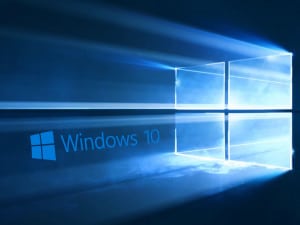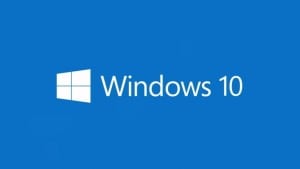So you’re running Windows 10 and are accessing file and folder shares over your network. You would think creating a new folder would be a simple task but then you find your computer freezes for several minutes when simply creating a new folder. On all other occasions, the windows explorer locks down, and the cursor is left after the last letter entered in the new folder name. The folder gets a time stamp immediately, but it takes 2-3 minutes before it locks up and you can continue to work. We have also noted this behavior on local drives (C: and D:).
We found creating a folder using command prompt works immediately. (md c:\TMD results in a folder named TMD on the c drive with no hesitation)
If you have been frustrated with this issue you’re not alone! After spending countless hours troubleshooting this issue and doing everything from removing antivirus and malware protection to disabling offline files and search indexing it appears to be a Microsoft bug. In an update posted 1/26/2017 which we didn’t see it directly reference this issue but after install the delay was gone. see here
Symptoms: On the problematic computer, when trying to create a new folder in Windows Explorer on a network file share, there is a long delay anywhere from a 1-3 minutes before the folder is created. The delay locks the Windows Explorer window completely and occasionally will generate an error. We have seen this folder creation issue on multiple brand new out of the box machines running Windows 10 build 1607 (Anniversary Edition).
The Fix: You can find the fix on Microsoft’s Update Catalog (KB32116755)
If this was helpful please let us know!



